Africa....I had to say Goodbye but I know I will be back
- Mary@onawhimtravel.com

- Jan 19, 2020
- 8 min read
Updated: Jan 23, 2020
As I said in the last blog I wrote earlier today it is hard to write a travel blog when you don't have access to the internet. I am still processing my time in Africa so I was putting off writing this last blog. We went to two other bush camps in Botswana. Linyanti Bush Camp which was in the Linyanti Concession that bordered an edge of the Chobe National Park. It was on a different edge than the Chobe Game Lodge. We also stayed at the Kwhai Tented Camp in the Moremi Game Reserve in the Okavango Delta. What was surprising to me was how the landscape differed in each place we visited. This time of year is the slow season for the areas we visited due to a large portion of the animals having migrated out of the area.
I researched all I could about Africa and safaris, I read every article that seemed relevant and bought the standard tourist books and yet I still had no concept of what to expect really when I got there. I knew there were special safari clothes and I had to get shots but even the packing lists were not really helpful. Part of me expected to be fighting off mosquitos at every turn and feeling very out of place based on some of the descriptions in the books. That is not what I experienced at all! The tsetse fly I was so afraid of attracting by wearing dark colors was not an issue in any of the countries I was visiting. Those countries quit spraying years ago. Malaria precautions are taken but do not appear any more serious than the issues of west nile we deal with here. The yellow fever proof of vaccine as I traveled between countries was lifted a few months ago, although if I plan on returning to Africa is a good vaccine to have. I am not sure I saw a mosquito that bit people the entire time I was there. I did bat off a number of house flies, lots of moths, and an inch worm or two. The water was treated and really has different micro organisms in it than we are used to but every place provided us with bottled water. So there are a lot of myths that are definitely not true! Safari clothes are really to help blend in since you are trying to not alarm the animals so bright reds and yellows are not good. It is true you cannot wear camouflage in Zimbabwe. I heard so many stories of travelers being misinformed by agents who had never set foot in Africa booking their clients on what to bring, on what to wear, on what to expect. We had to pack for two different vacations between Rwanda and then the Safaris in Zimbabwe and Botswana. I know so much more on advising clients now that I have experienced it all for myself. I didn't bring enough short sleeve shirts to wear under my long sleeve layers when it got hot.
I was prepared to feel so out of place. Also as I have said I have never felt so warm and welcomed on any of my travels. What is stunning to me is that at every place we stayed at we are in their country and they set aside their traditions and customs and cater to essentially to the western traveler with our foods and customs. Part of that is sad because it takes away from the country. I know that learning thank you in their language is only a small part but I tried to appreciate and reflect that I understand I am in their country. Sue, more so than me, really made and effort to learn the back story of everyone we interacted with and how they got to the place we met them. We made it clear that it was them that made the experience different. Each and every person we met was warm and took us in with open arms. It didn't matter if we were in Rwanda, Zimbabwe or Botswana. The animals were only a part of the story of this trip.
SAFARI LIFE - Let me take a moment to tell you about safari life because it has a rhythm all its own. There is always the 5 am or so wake up call, breakfast 1/2 hour later, coffee/and or tea and then breakfast, cold and hot served. You are heading out on your morning adventure by 6. You start looking for the early morning game. And no animals are not all just hanging out waiting for tourists to come and find them, or another animal waiting to make them the meal, or they just want a peaceful nap. So you have to hunt it is likely a bit easier in the busier seasons. Sometimes it is a good day and you find your animals quickly and sometimes nature doesn't cooperate. In some of the areas the guides know where certain animals make their homes so they can bring you by to see how the babies are doing. Mid morning game drive you stop for tea and coffee in the bush and for a bathroom break, or as I heard it called, a time to shoot the rabbit, a time to pick the flowers, or to check things out, whatever you call it it is going to the bathroom in the bush!! Then you finish your morning game drive and make it back to camp no later than 11 am in time for lunch. But even then you might be late based on what you are seeing just before coming into camp. You are usually met by the camp host when you pull back into camp with a wet washcloth and told what time lunch is, usually around 11 am, and head for your tent to freshen up a bit. After lunch it is siesta time. Siesta because it is hot and the animals are usually in the shade so no action is happening. We sometimes took a dip in the pool or I worked on my photos. High tea was the next meeting time was at 3:30 pm when we met for snacks and drinks to get ready for your afternoon game drive. Afternoon game drives usually began at 4 pm. When you head back out hoping to find the leopards who are coming down from the trees to hunt or look for the lions, or look for the elephants who are coming in from the forests for a drink from the water hole....there is still the hope that nature cooperates with the afternoon game drive. We sometimes got rained on. During the afternoon game drive we also stopped for our sundowner which was one of our favorite parts of my evenings! We would stop and our guide would once again make a picnic for us with snacks and a drink, essentially a happy hour in the bush watching the sunset, after our sundowner we would slowly head back to camp still hoping to find the elusive leopard or lion.
Once back at camp you are once again greeted by your host with a wet washcloth to get ready for dinner. Dinner is usually at 8. After dinner it is early to the tents. You are escorted to your tent by a guide because it is dangerous to walk around alone in the camp after dark due to the animals. So once at the tent you are there for the night. During the night depending on which location you are at you can hear the animals around your tents, hippos making their way from the water holes to the land for the night, hyenas calling out to each other, lions roaring as they make their way to another location and if you aren't prepared for that it can be unnerving to have the animals so close to your tent.
GUIDES - I cannot end my blog without paying tribute to our guides. The guides are amazing. They are not just people who drive the trucks. Clement (Godwin for an afternoon), Sinka and Joe (and Gilbert who was training) were the best guides ever. They were usually raised in small villages and know the land growing up. The skills they have to possess to be a successful guide is astounding! They have to be a bit of a politician, a great driver, a love of the animals, a scientist, a teacher, a good personality, and knowledge of everything. While you are in that safari truck it is a classroom on wheels. Sue and I asked a lot of questions and rarely did we stump our guides. We were lucky that we had Clement all to ourselves but that was not the case with Joe in Linyanti and with Sinka in Kwhai so you ride with other people. You don't get to choose the people you ride with and you all have different interests. The guide has to balance all of those interests. Some times someone wants to look at birds while the other people want to see the lion hunt and kill. The guide has to manage those interests very carefully. The guide has to keep the drive interesting when no animal is cooperating. The guide has to answer when someone says what kind of bird is that, what kind of bush is that or what bird is calling right now? They had answers to every question. They taught me about the different tracks on the road, how to tell the fresh ones from the old ones, how to tell the times they were left and whether it was a hyena or a wild painted dog track I was looking at. I learned that were four types of dung beetles and why they each have different purposes. I learned why the termite mounds exist, how long they take to build, and how they become they a salt lick and watering hole, and how nature is an amazing place. Clement used to be a teacher and says he misses it but he taught me the whole time I was in his truck. Joe quizzed us while we were with him. The funniest moment with Joe was when he pointed out an Owl and I said yes I see it. He asked what the owl was doing. Apparently he has had a person say they saw something when they didn't so he wanted to make sure I really saw it. He was actually quizzing us to make sure we saw the owl. Clement would test us on what he taught us. The guides have to know a lot about a lot that is not an easy thing to do. Guides are amazing! Clement, Joe and Sinka you are amazing!! Twalumba, Siyabonga, Tabocka, Tadenda, and Ke a lebogarra for all you do! For all you did for Sue and I. On my last night I had to grudgingly admit that Clement started the process when he stopped his truck and said "Look a bird". Joe continued it when he continued to teach me about birds and then Sinka sealed the deal I finally admitted it birds are beautiful and truly interesting and at the age of 50 I find birds fascinating. So next time Clement stops his truck and says "Look a bird". I won't say "Birds don't really do it for me". I do prefer the lions, leopards and elephants but I did take my share of bird pictures too. While the animals were amazing the Guides and the People were what Africa were all about. Twalumba!!
Linyanti Album
Khwai Tented Camp








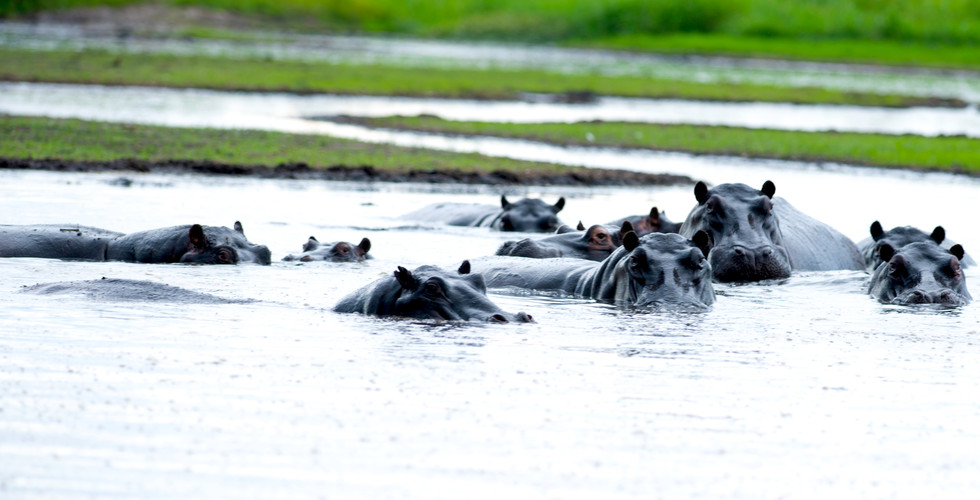

















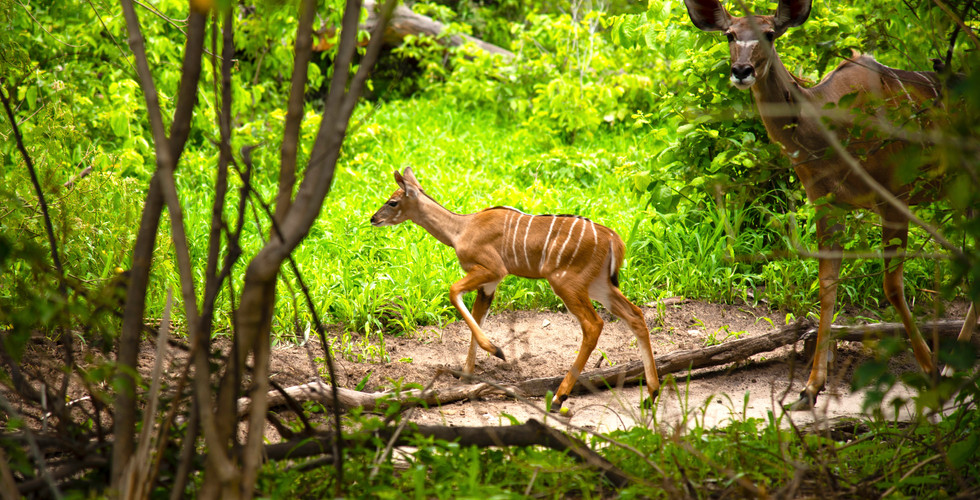























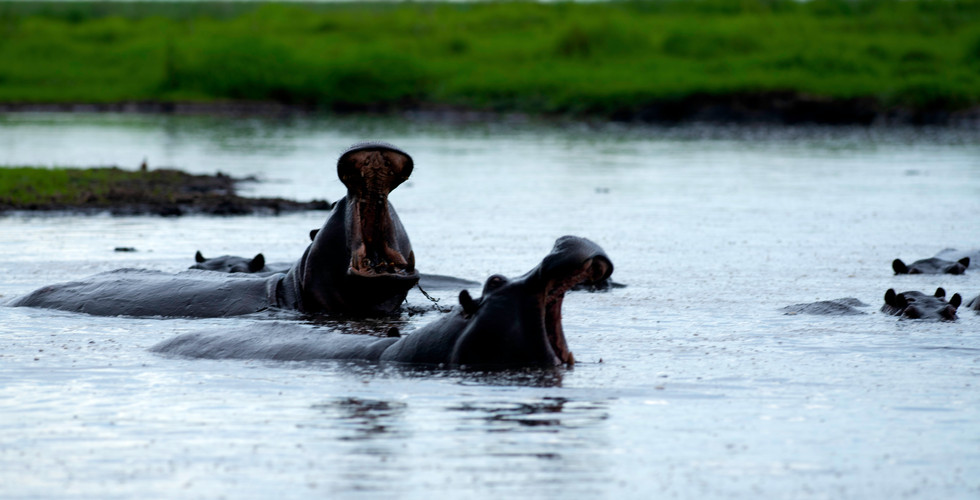




























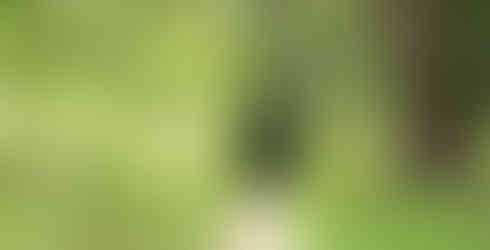












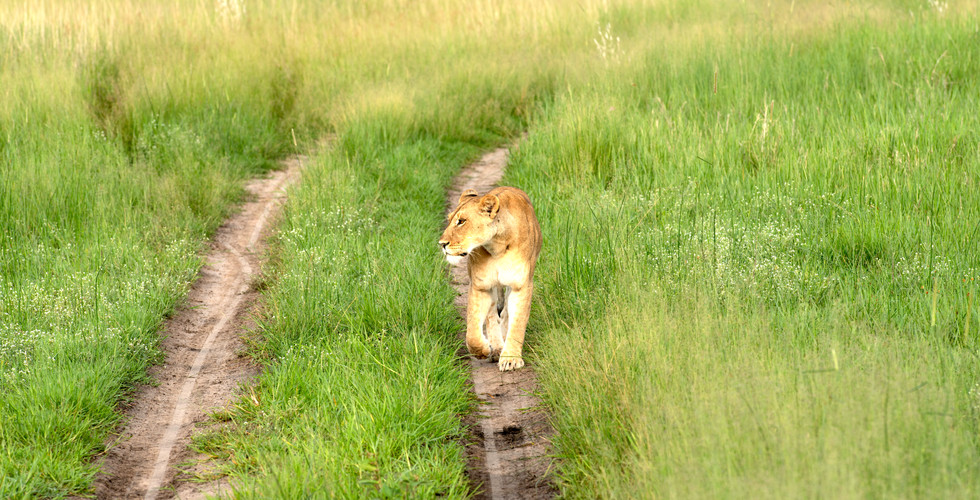


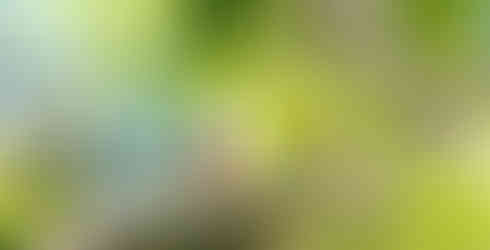






































Kommentare